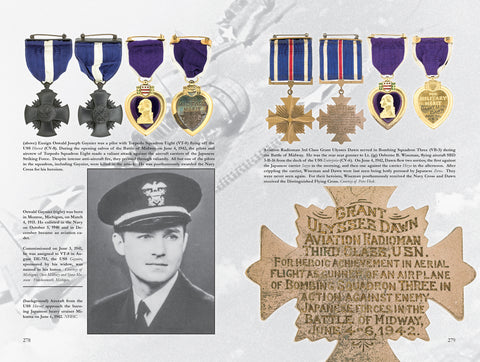Honoring Vietnam Veterans
John Podlaski originally intended his website to help market his fictionalized memoir, Cherries: A Vietnam War Story. It has since grown into an amplifier for stories that still need to be told.
“We weren’t there for politics and we weren’t there for our government,” Podlaski said. “We did go because the government asked, but we were actually there for each other and we did what we could to help each other survive and be able to go back home.”
CherriesWriter.com serves as a repository for more than 500 personal and contributed narratives, photos, videos, movies, artwork, book reviews and music of the time.
“I initially set this up in 2010 and it was going to be a place to let people know about Cherries, the first book,” Podlaski said. “I had written articles about what it was it like to hump out in the jungle, what were the insects, how did mother earth greet or treat you ̶ going out and wearing the same clothes for 30 days and they might be in shreds. There was an episode where we got hit by a typhoon and we were out in the jungle and we had to tie ourselves to trees.”

Strong reader support and active commentary on his posts provided opportunities to expand the website to include historical information and the personal stories of warriors who served, Podlaski said.
“It’s just a wealth of things that I consider an opportunity to keep the legacy of the Vietnam soldier alive,” Podlaski said. “When I would relay some of the facts from the book, it got (Vietnam veterans) to open up a little bit. I also have had Iraq and Afghanistan vets write, ‘substitute scorpions and sand for spiders and snakes and you’ve got my story.’”
Podlaski served as a U.S. Army infantry soldier in Vietnam from 1970 to 1971 with both the Wolfhounds of the 25th Infantry Division and with the 101st Airborne Division, earning among other awards, the Combat Infantry Badge, Bronze Star, two Air Medals, and the Vietnamese Cross of Gallantry.
“For every 25 air assaults that you would make, you qualified for an Air Medal and I got two of them,” Podlaski said. “Each time you went into a landing zone you had no idea what to expect until you were on the ground. You had the anxious feeling each time that you went, filled with dread and then sometimes there were people waiting for you and you had to react the way you were trained to react. Looking back, I’m surprised that I did survive.”

Podlaski’s service spanned combat in the flat jungles of the south and the steep mountainous terrain of Northern Vietnam.
“The difference ̶ down south we battled against the Viet Cong which were soldiers that lived in nearby villages,” Podlaski explained. “Up north in the 101st we fought against the NVA, the North Vietnamese Army, which were trained soldiers. They had uniforms, they studied tactics, they had modern weapons and so forth and so the challenges were much greater up north than they were down south.
“I experienced things that I never thought possible; you’re carrying 80-100 pounds on your back, you’re going up a mountain that is a 30-degree grade and you have to pull each other up. It takes 3 days to climb this mountain so for two nights you have to be tied to a tree so that you don’t roll downhill," Podlaski said. "We did have soldiers lose their balance and fall and break a leg and so forth, but it was quite night and day difference between down south and up north.”
Six years after the publication of Cherries: A Vietnam War Story, Podlaski published his award-winning second book, When Can I Stop Running.

“I decided to write a second book based on one night out on the listening post,” Podlaski said. “Two of us about 300 meters outside the wire to listen and be an early warning system for the base camp in one of the more notorious areas of the country. We had a platoon of enemy soldiers stopped for a break not more than 10 feet away from us. If you were detected, you would have died right on the spot.”
Events from that night formed the nexus of his upcoming book, Death in the Triangle.
“It’s a sequel to When Can I Stop Running, coming out in June or July,” Podlaski said. “When we got back to the base camp we had to turn right back around and go back out; what was supposed to be a couple hour thing ended up three days long.”
These days, Podlaski spends each Sunday responding to emails and comments, posting on social media and adding new articles to his website.




















